The 10 best word cloud generators

Word clouds are a great way to visualize sentiment, creatively display live poll responses, and turn an otherwise monotonous presentation into an interactive work of art.
The internet has no shortage of word cloud generators, and choosing the right one can be overwhelming. We’ve narrowed them down to the top 10 best word cloud generators that allow you endless customization and creation possibilities. Read on to discover which word cloud generators give you the most bang for the least amount of effort.
A quick note on pricing: some entries on this list ask you to pay for special features, like high-quality image downloads of your word cloud, moderation features, or personalization.
To help figure out which is the best word cloud generator for your next project, here’s a summary of what each one offers.
WordArt.com
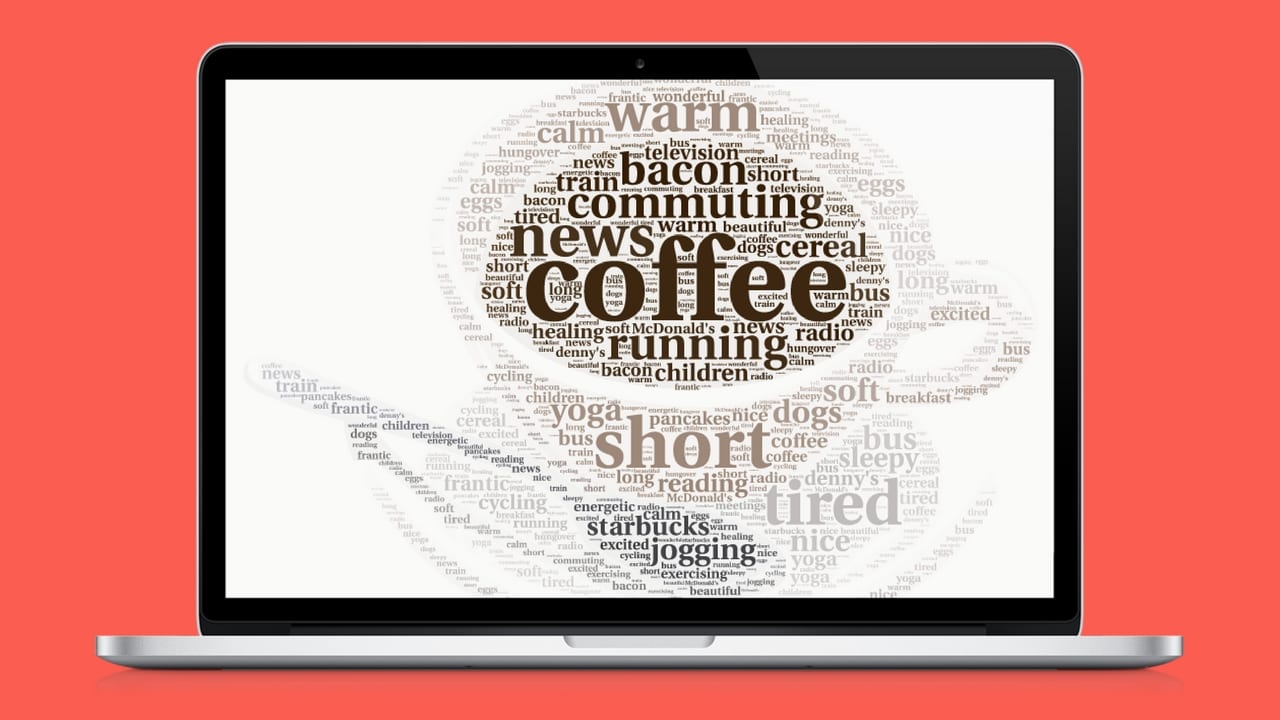
WordArt.com (formerly Tagul) creates stunning images, and is easily one of the best word cloud generators out there. You can upload an image and use it to set the shape of your word cloud. In the example above, I choose a coffee cup image I found online, entered my words, and hit Visualize. That’s it. The generator automatically selected colors based on my original image. If I wanted to, I could tweak it a bit with a different font, or change the orientation of my words. But this first draft already looks impressive. Two thumbs up to WordArt.com for aesthetics and ease of use.
WordClouds.com

WordClouds.com has a little text balloon that pops up asking if you need help creating your first word cloud. It’s a considerate touch, part of what makes this generator one of the most user-friendly on the list. The interface feels modern and is easy to navigate while still offering a lot of customization options. That’s a difficult balance to achieve. However, I did run into a minor hiccup after uploading my coffee cup image as a custom shape. Unlike WordArt.com, WordClouds.com does not automatically duplicate words that you submit to fill out an image. I had to do that manually. It wasn’t difficult, but as you can see the results are a little less… refined. Rather than visualizing recurring words by size alone, you end up with quite a few repeats. If you’re using your word cloud to show predominant sentiments, that’s going to become a problem for this generator.
Wordle
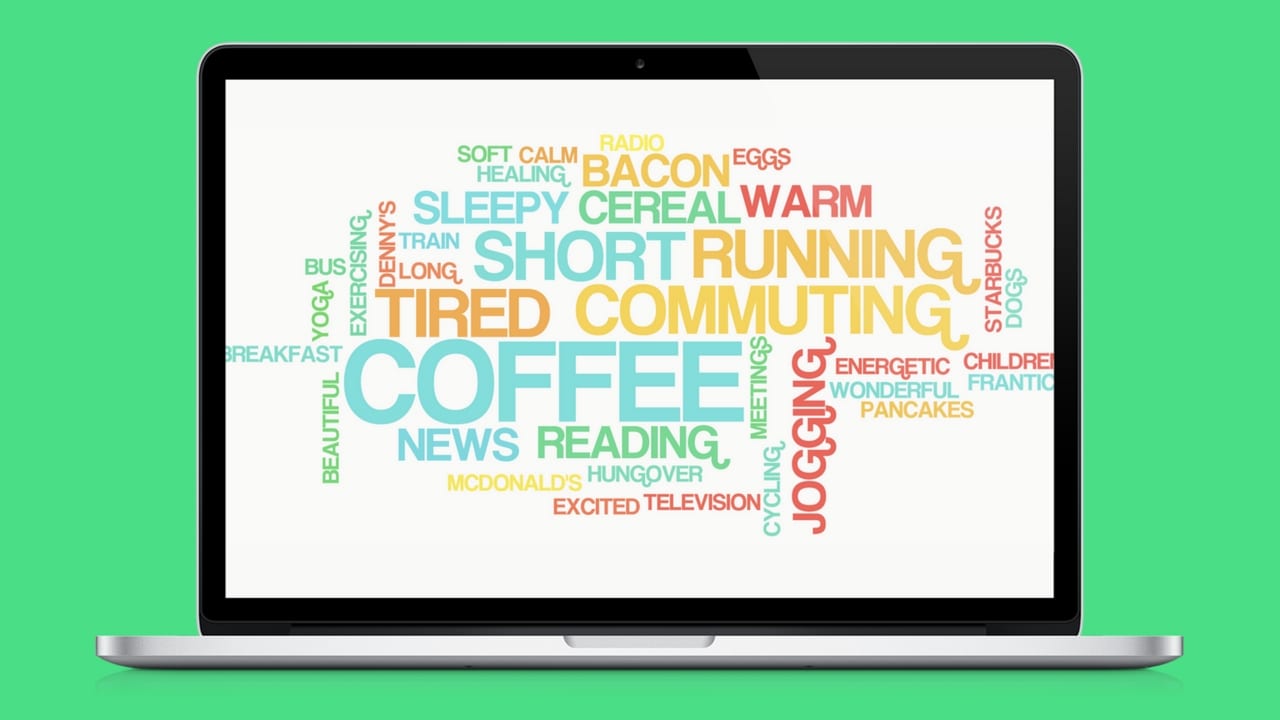
Wordle strikes a nice balance of simplicity and customization. It doesn’t have all the frills of other generators I tried (no custom shapes, for example), but what it does have is very straightforward to use. My favorite feature — one I wish all word cloud generators had — is a ‘randomize’ button that scrambles the entire cloud with a single click. Tap it a few times, and you quickly get a sense of what you can create with this tool. Wordle’s main drawback is Java. Since Wordle requires Java to function, it can be tough to get it to run on certain web browsers. You’re probably safe if you have a recent version of Chrome.
Jason Davies’ word cloud generator
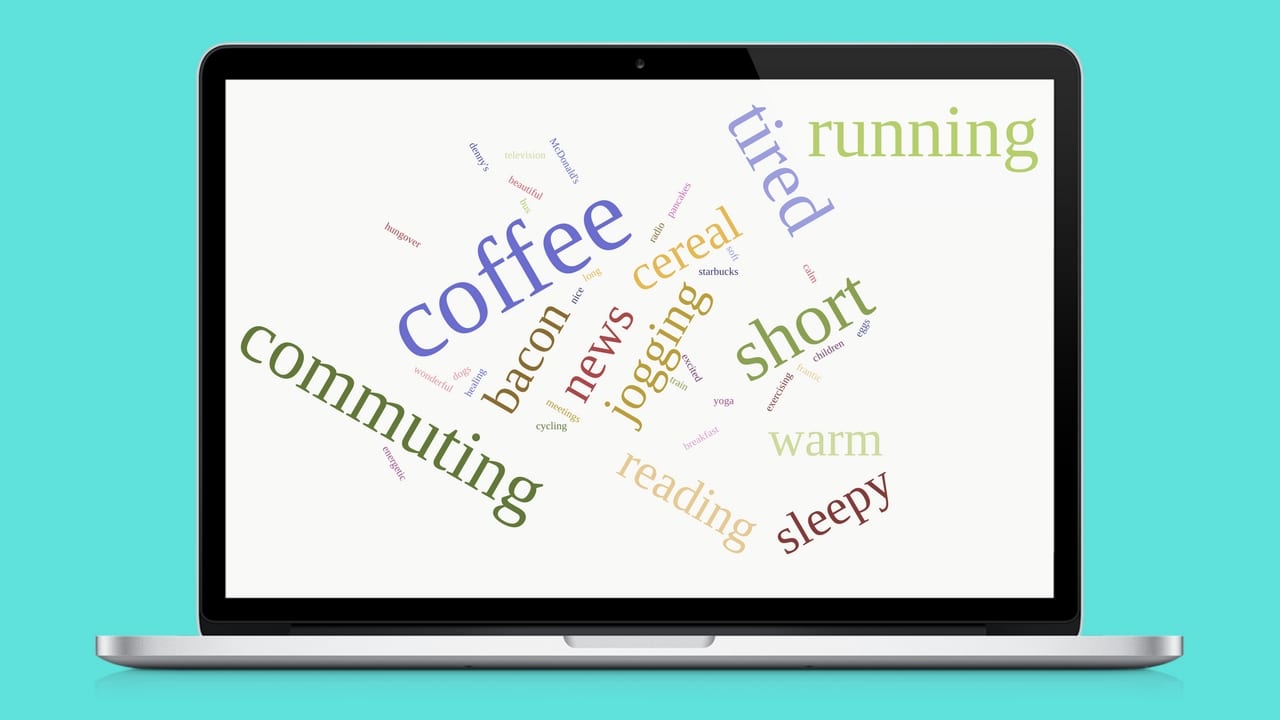
Jason Davies’ word cloud generator is an odd one. It feels more like an interactive science fair project than a data visualization tool. While every other entry on this list is chiefly concerned with making your words look pretty, Davies’ lets you dig into the math that controls the placement of words. Would you rather have an ‘Archimedean’ or ‘Rectangular’ spiral to your cloud? If you already know the answer to that question, then you’re sure to enjoy Davies’ detailed breakdown of how his generator works (complete with further reading for the word cloud aficionado). This is the nerdiest of all the word cloud generators I experimented with. Definitely the one to share with your math major friends.
Abcya.com
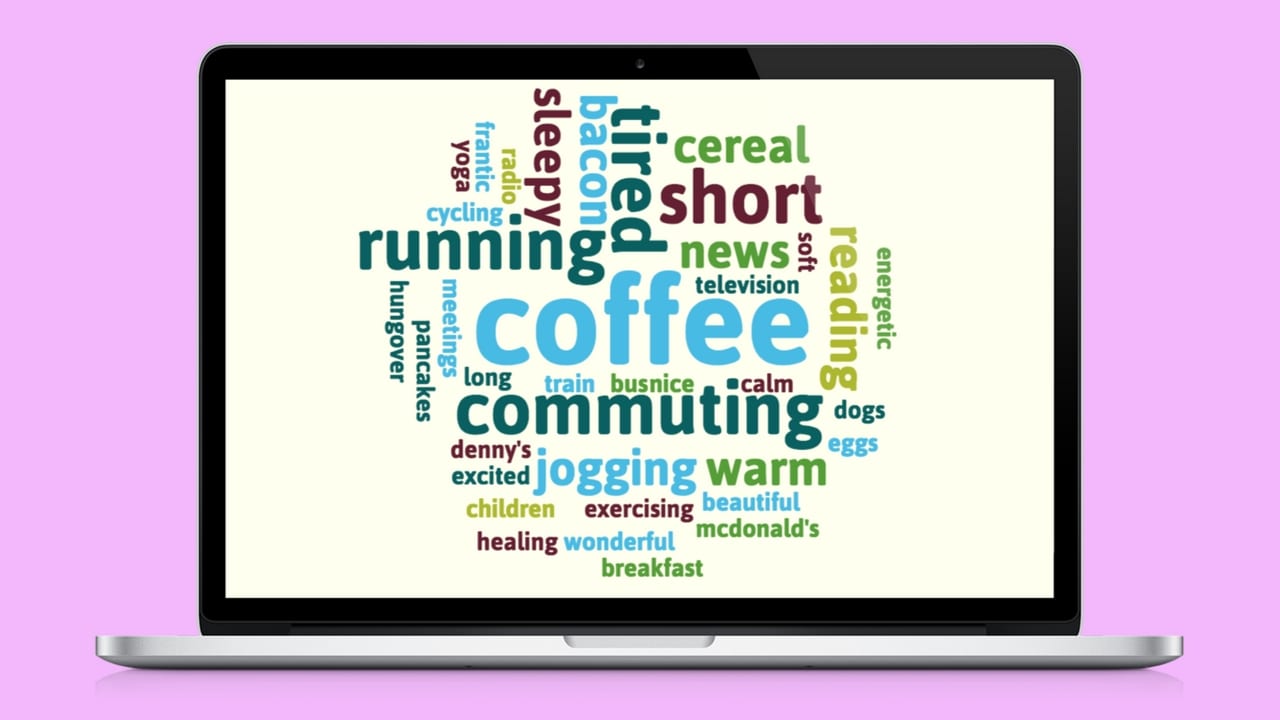
ABCya’s word cloud generator is more toy than tool. It feels like a simplified version of WordCloud.com, sacrificing all but the most basic customization options for a kid-friendly interface that’s easy to use. You can whip up a basic word cloud in moments using a handful of preset color schemes, shapes, and fonts. If WordCloud.com is a blank canvas, then ABCya is a coloring book. The only hiccup I found occurred when saving an image of my word cloud. The bottom of the image was cut off, but fiddling with the options fixed the issue. This is probably the generator to choose if you’re planning to make word clouds in an elementary school classroom.
TagCrowd
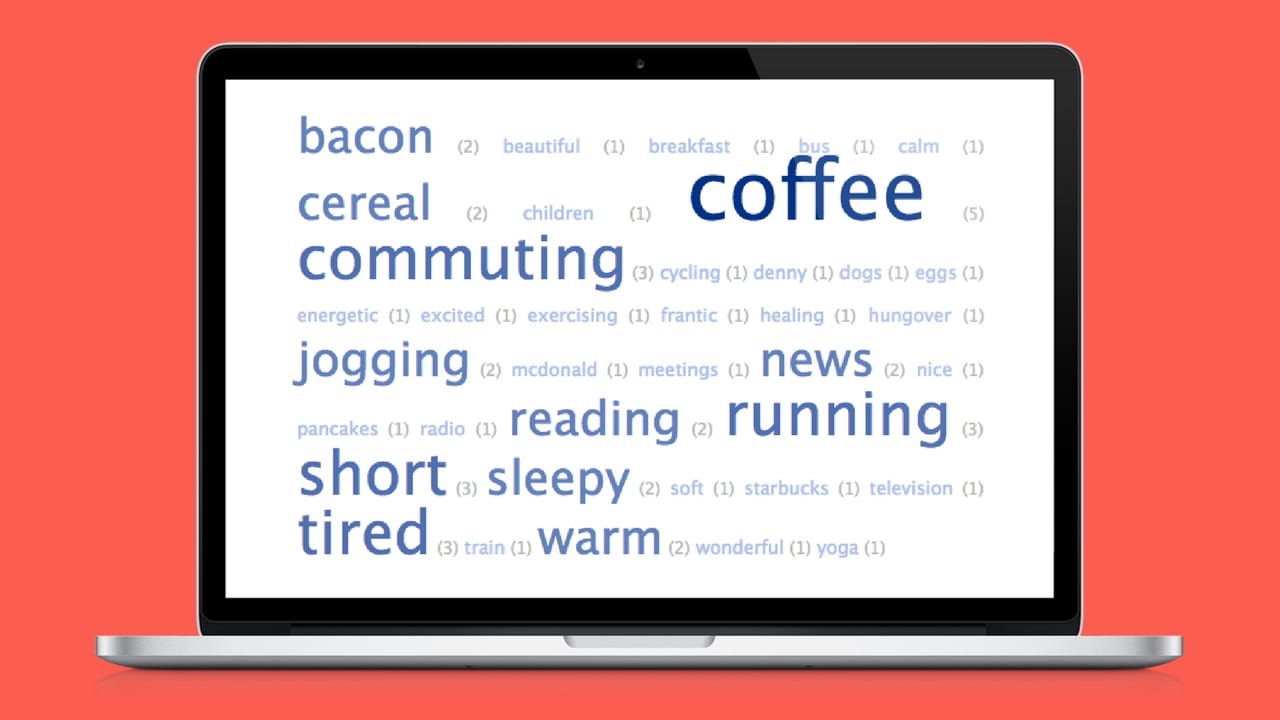
TagCrowd has some unique features – and limitations – compared to the other word cloud generators on this list. For example, you can paste in the URL of any website and create a word cloud from the text on that page. You can also opt to add a number alongside each word in the cloud, to explicitly show how often it appears on the webpage (or in whatever text you used). These features and others make TagCrowd feel more like an analysis tool than an artwork creator. On that note, visualizations are basically nonexistent here. What you see is what you get. Use TagCrowd when strict, clear measurement is more important than aesthetics.
WordItOut
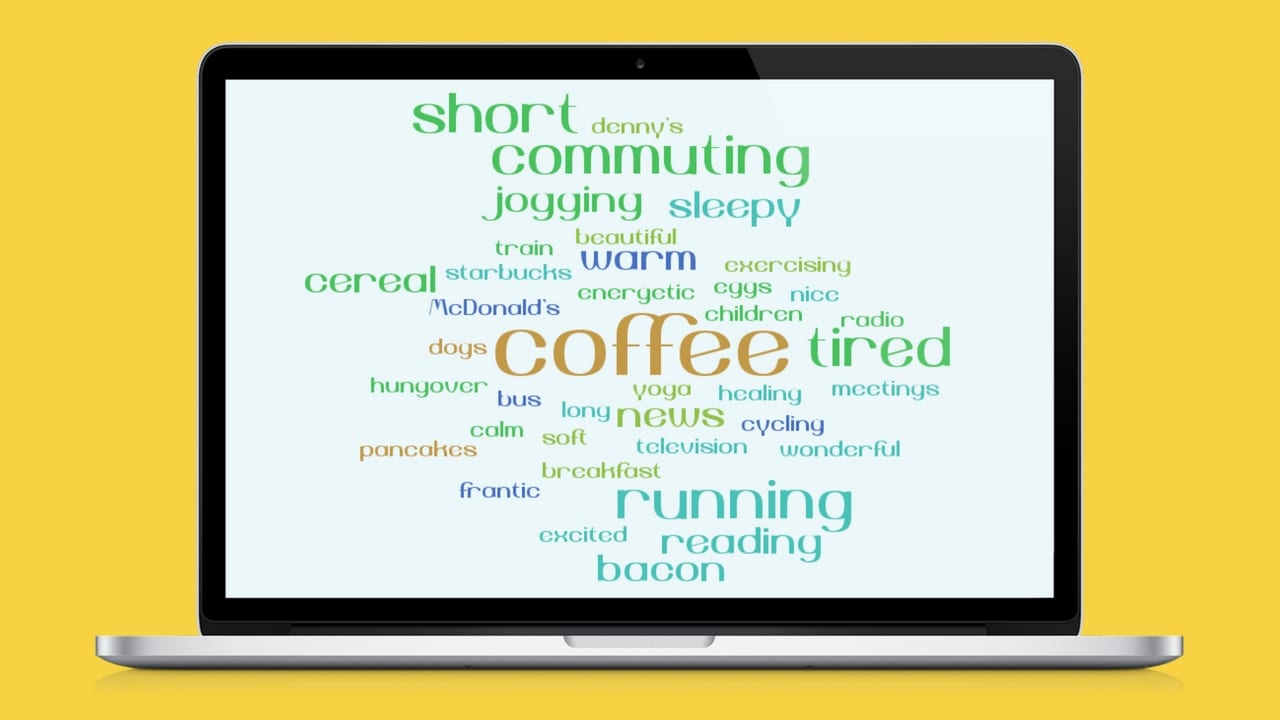
WordItOut helps you generate word clouds unlike any other on this list. First, it has emoji support, which greatly expands your creative possibilities. Second, you can input phrases using the ~ symbol. This generator automatically changes “Pizza~Hut” to “Pizza Hut” in the finished cloud. Third, you can tweak the colors of individual words, frequency, rank, and more. Other generators listed here support one or two of these options, but (so far) WordItOut is the only one with all three. The flexibility makes this one fun to play with.
Tagxedo
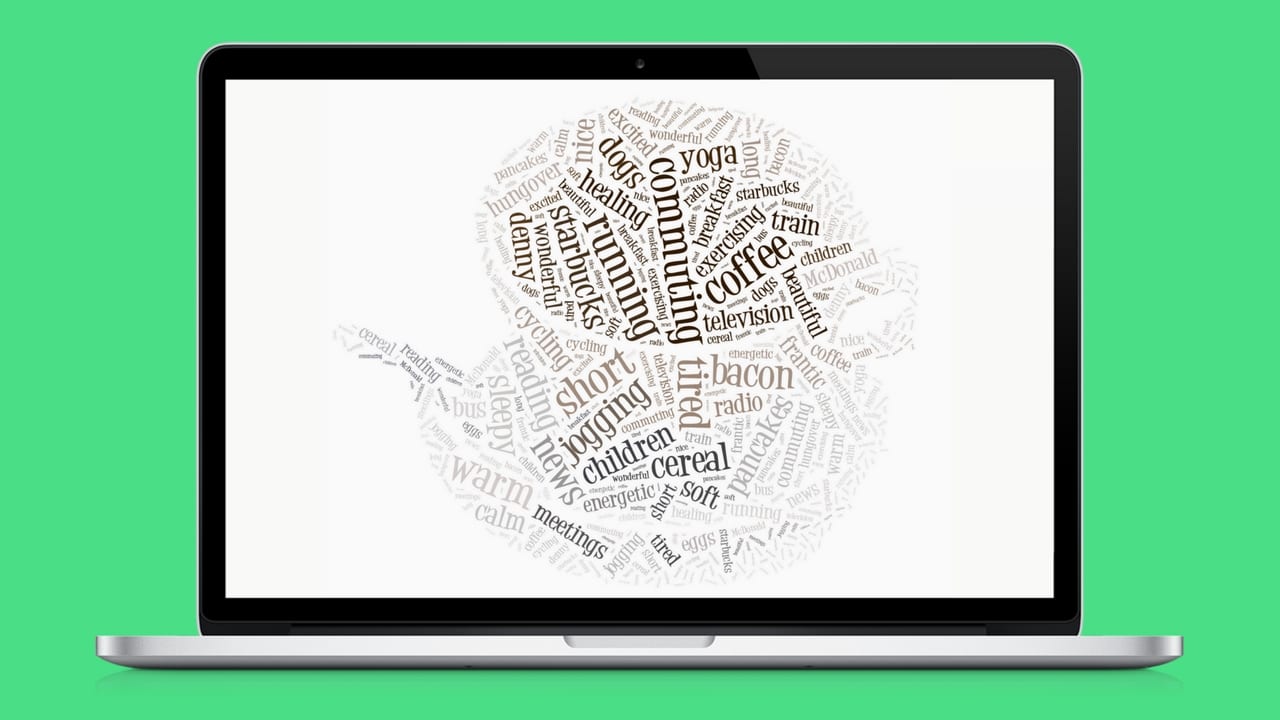
Tagxedo is a great generator riding around on square wheels. It requires Microsoft Silverlight to function, and once that’s installed the interface is a bit awkward to navigate. But if you surmount those hurdles, what remains is a feature-rich generator that can accommodate whatever custom shapes, colors, and fonts you want. And it has a History section – my new favorite feature. Need to rollback to a previous version of your word cloud? Find a snapshot of it in the History section and give it a click. It’s perfect if you like to create by trial and error.
Poll Everywhere
The magic of Poll Everywhere’s word cloud generator lies not only in its aesthetics, but in its customization, control, and presentation engagement capabilities. Instead of creating an image on a website, what if you were able to collaborate instantly with your audience and, together, create a living word cloud that grows as your audience responds? Educators and meeting facilitators use it every day to engage their class or audience in real-time. After your presentation ends, it serves as an easy way to share a highlight from your presentation with your participants. Learn how word clouds from Poll Everywhere can help you create and collaborate with your audience, instantly.